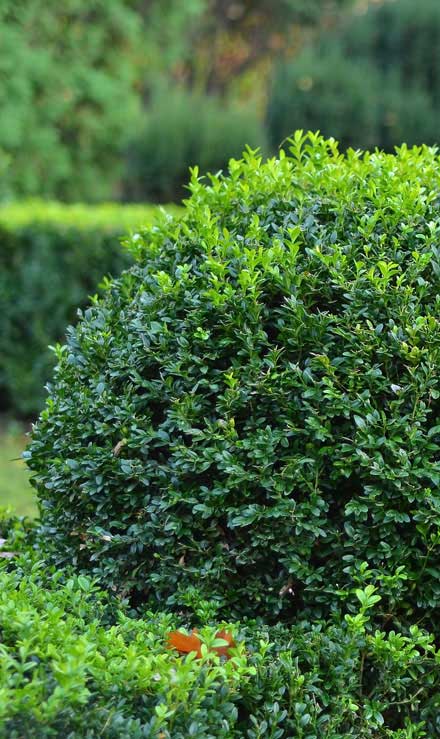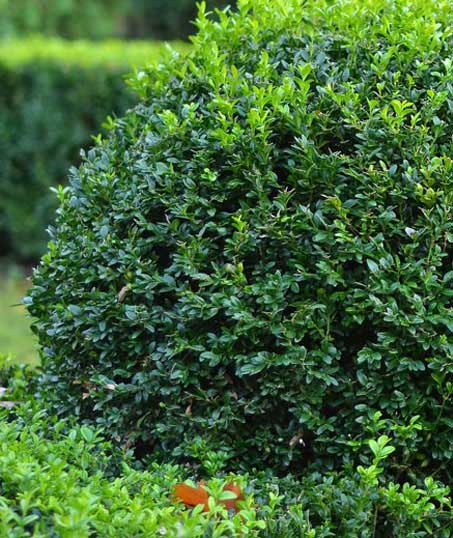Shrubs and Hedges
Looking to elevate your outdoor space with vibrant greenery, natural privacy, and stunning curb appeal? J.W. Lawncare Inc’s shrub and hedge services are the best way to ensure your landscape looks sharp and stays healthy year-round. Whether it’s a fresh planting, a flawless trim, or a full redesign, we bring the knowledge and precision needed to shape your ideal yard.
Call (352) 225-1917 for more information!
Let Us Care for Your Shrubs and HedgesCan Planting Shrubs and Hedges Increase Your Property Value?
Well-placed, professionally maintained hedges can significantly increase your property’s value. Hedges enhance curb appeal by creating a polished, well-defined landscape that makes a strong first impression on potential buyers.
Beyond aesthetics, they also offer practical benefits like privacy, noise reduction, and natural property boundaries, all of which are highly desirable features. When designed with long-term growth and proper spacing in mind, hedges can elevate both front and backyard spaces, making your home feel more inviting and well cared for.
J.W. Lawncare Inc’s Services for Shrubs and Hedges
Choosing, planting, and maintaining shrubs and hedges doesn’t have to be overwhelming. Whether you’re looking to add privacy, define garden borders, or enhance your property’s curb appeal, our landscaping team provides comprehensive solutions tailored to your space and goals.
With expert knowledge of plant species, local climate considerations, and long-term care, we make it easy to create and maintain a beautiful, functional landscape.
Here’s what we offer:
- Personalized consultations and plant selection
- Professional planting services
- Custom hedge design and layout
- Bush and shrub trimming and shaping
- Hedge pruning and growth management
- Disease and pest identification
- Removal and replacement services
- Seasonal maintenance plans
How Can Mulching Improve Shrub Health and Water Retention?
Mulching offers several benefits that directly impact the long-term health of your shrubs and hedges. Applying a 2 to 3 inch layer of organic mulch, like shredded bark, pine straw, or wood chips, around the base of your plants creates a protective barrier that helps retain moisture in the soil. This is especially important in Florida’s warmer seasons, where evaporation can quickly dry out shallow root systems. Mulch slows water loss, reduces the need for frequent irrigation, and supports more consistent soil moisture levels.
What Types of Shrubs and Hedges Are Best for Florida Landscapes?
Florida’s subtropical climate calls for shrubs and hedges that can handle heat, humidity, and occasional dry spells. Choosing the right plant varieties ensures your landscape stays healthy, lush, and visually appealing all year. Native and well-adapted species tend to require less maintenance and are more resistant to pests and disease, making them ideal for residential or commercial landscapes in the region.
Here are a couple of good options:
Boxwood
Boxwood is a classic option for formal hedging and clean-lined borders. While not native, certain varieties like Japanese Boxwood thrive in Florida’s warm climate when placed in well-draining soil and partially shaded areas. Their dense, evergreen foliage allows for shaping into neat, uniform hedges, perfect for property lines, garden borders, or accent features in structured designs.
Clusia
Clusia, sometimes known as the “autograph plant,” is another excellent hedge choice. Native to the tropics, Clusia grows quickly, offers thick, leathery leaves, and performs exceptionally well in the Florida sun. It provides reliable privacy and wind protection, while also serving as a visually striking backdrop in modern or tropical-themed landscapes.
What Shrub and Hedge Problems Should You Watch For?
Even the healthiest-looking shrubs and hedges can experience issues. Being proactive and recognizing signs early can save your landscape from costly replacements and long-term damage.
Here are some common problems to look out for:
- Overwatering or underwatering: Leads to yellowing leaves, root rot, or wilted growth, depending on the severity and soil drainage
- Pest infestations: Includes damage from aphids, scale insects, spider mites, or caterpillars that suck sap, chew leaves, or weaken the plant
- Fungal diseases: Causes leaf spots, powdery mildew, or dieback, especially during periods of high humidity and poor airflow
- Improper pruning: Results in weak branch structure, reduced flowering, or open wounds that invite disease and pests
- Soil nutrient imbalances: Contributes to poor growth, leaf discoloration, or general decline if essential minerals like nitrogen or magnesium are lacking
By addressing these issues early and scheduling regular maintenance, you can protect your shrubs and hedges from avoidable stress and ensure they stay vibrant and healthy.
How Often Should You Schedule Hedge Trimming?
Regular shrub and hedge maintenance is essential to maintain a clean, healthy, and attractive landscape. How often your hedges should be trimmed depends on the plant species, the purpose of the hedge, and how quickly it grows. That said, most hedges benefit from trimming two to three times per year, while fast-growing varieties may require more frequent attention.
Here are some general guidelines for the ideal hedge trimming frequency:
- Formal hedges: These are trimmed into clean, structured shapes. They typically need trimming every 6 to 8 weeks during the growing season to maintain their neat appearance.
- Informal hedges: These have a more natural, free-flowing shape. They usually only need trimming once or twice a year, depending on growth rate.
- Flowering shrubs used as hedges: These should be trimmed after flowering to avoid removing next season’s buds. The timing may vary based on whether the plant blooms in spring or summer.
- Fast-growing species: Hedges that grow quickly may need trimming 3 to 4 times a year to prevent overgrowth and maintain shape.
How Does Pruning Affect Flowering Shrubs?
Pruning flowering shrubs at the right time and in the right way can directly impact how well they bloom. Many shrubs develop their flower buds either on old wood—growth from the previous year—or new wood—growth from the current season.
Knowing which type you have determines when to prune. Spring-bloomers like azaleas should be pruned right after they flower, while summer-flowering shrubs like hibiscus respond well to late winter or early spring pruning before they push out new growth.
Get Breathtaking Shrubs and Hedges
The professional landscapers at J.W. Lawncare Inc are ready to help you grow something exceptional on your property. From thoughtful plant selection to expert trimming and seasonal care, our shrub and hedge services are designed to enhance your landscape with precision and purpose.
Looking for shrubs and hedges? Contact us at (352) 225-1917.




